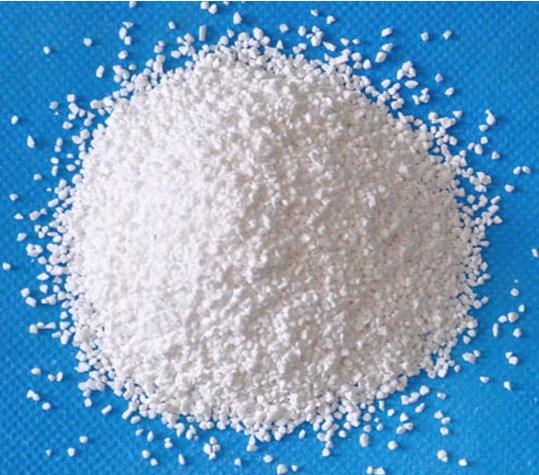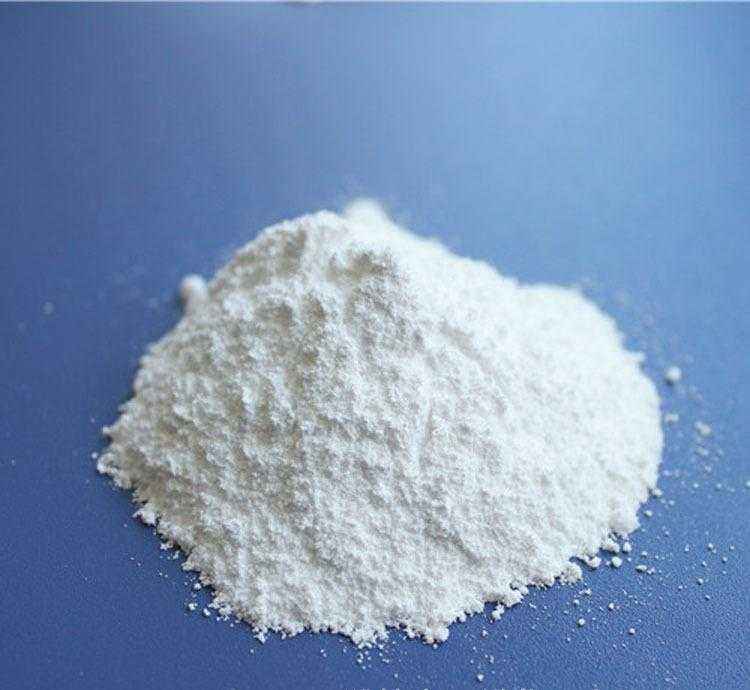Writer: admin Time:2020-09-18 14:18 Browse:℃
Introduction and Classification of Medical Excipients
There are many kinds of excipients used in pharmaceutical industry. They can play an important role in the practical production as to be introduced in the following.
1. Filler or thinner
Thinner, sometimes being called filler, can increase drugs’ bulk and weight. Actually, most drugs contain little API but very much thinner, which means that physical and chemical properties of thinner will have a key influence on drug production and drug efficacy. Their content must be clearly controlled.
2. Disintegrant
Disintegrant in some tablets or capsules can facilitate them to break into smaller pieces. Therefore, their surface area increases and API can be released more quickly.
3. Adhesive
Some medical ingredients cannot be directly compressed into tablets but should be first wet granulated. During wet granulation, adhesive can help powder to agglomerate and granulate. It always dissolves in water or alcohol or mixes with other ingredients before powder is added. After granulation, the liquid in the mixture will be evaporated and then adhesive can make dried granules to be kept in proper size. It can even influence such granule properties as fluidity, strength, dissolution, compression and API release.
4. Antitack agent, glidant and lubricant
These excipients can better production of medical products. The lubricant can reduce friction between drug particles and equipment surface. Antitack agent can prevent drug particles from attaching on puncher or other parts. These functions seems similar but actually differ from each other. For example, oil can be good lubricant. But in practical production, it can also increase viscosity for some viscous preparations. For another thing, glidant functions to reduce inner friction among particles and hence benefit particles’ uniformity and fluidity. Almost all solid preparations need lubrication except for products containing starch or microcrystalline cellulose (MCC).
5. Coat(film coat for tablet)
Film coating refers to the process in which tablets, capsules or granules are coated by polymer materials. Tablet coat can not only prevent tablets from dampening when they are exposed to air, but also cover uncomfortable smells. hydroxypropyl methylcellulose (HPMC) is one of the commonest coating film. It contains no carbohydrate or potential allergen. Some other materials can also be used for coating, such as polymers, shellac, cereal protein or other polysaccharide. And gelatin is always the coat film for capsules.


Tel: +86 731 84325468
Phone: +86 13787413551
Email: ava@lkpharmamachinery.com
Whatsapp: +86 13787413551(Ms. Ava)
Add: Ruian city, Zhejiang province